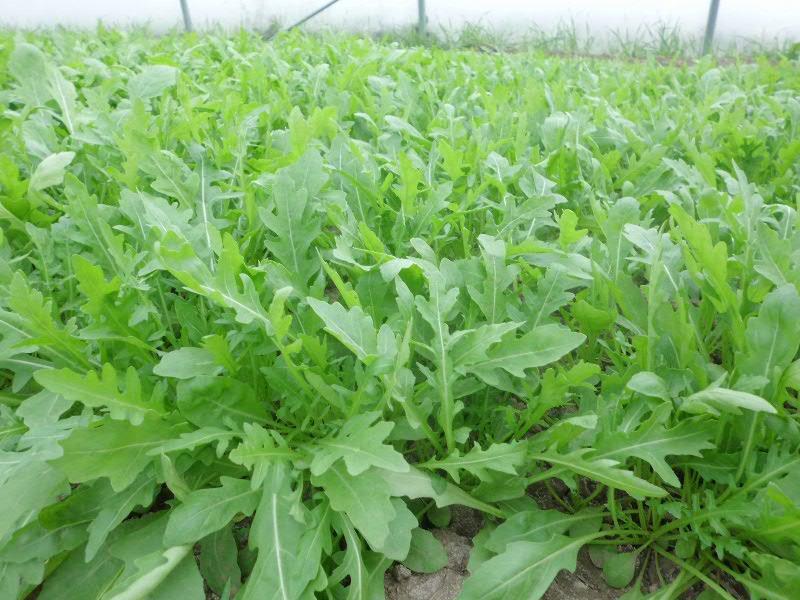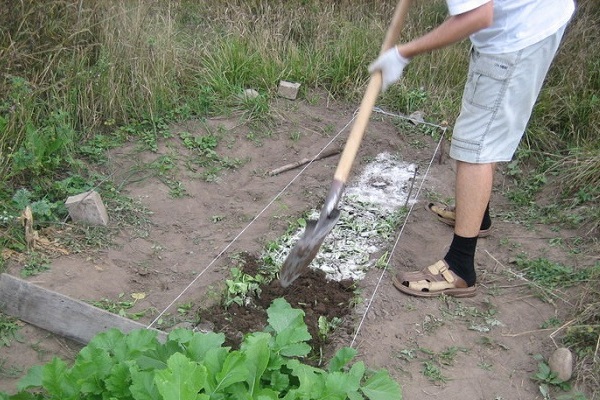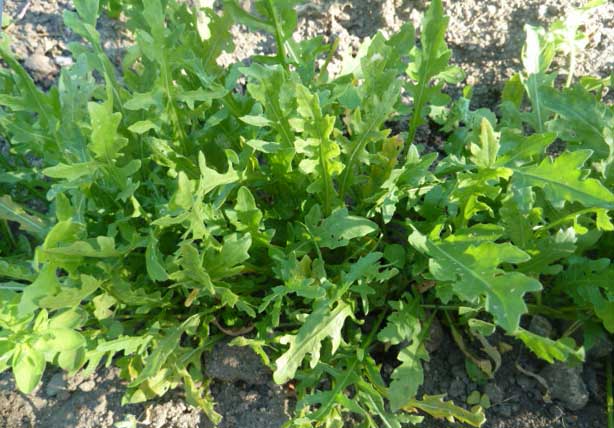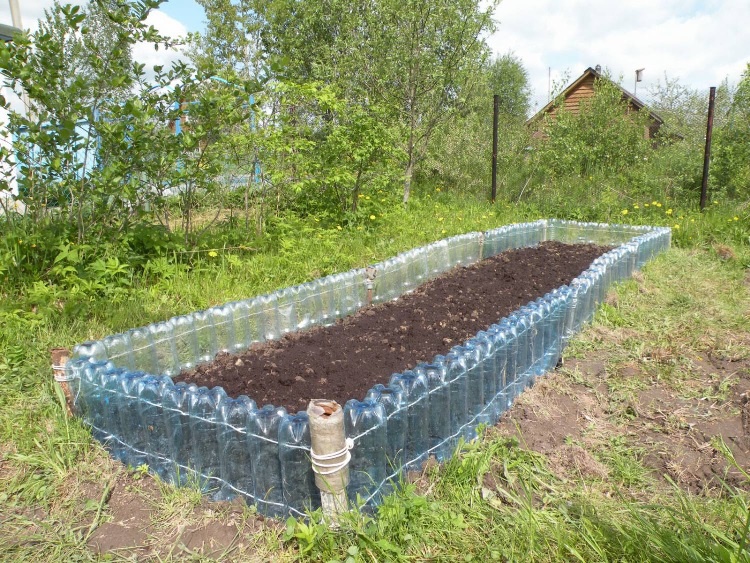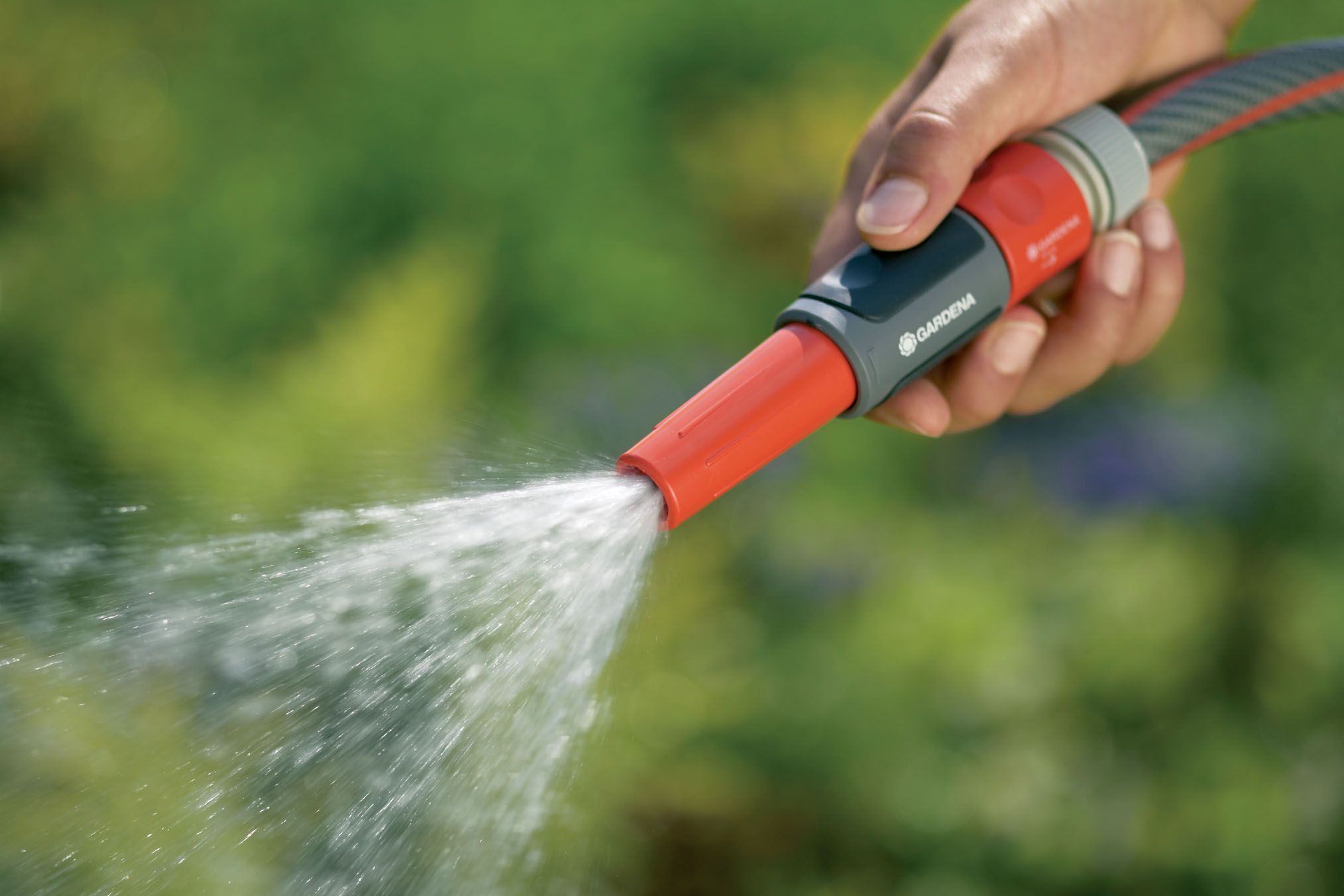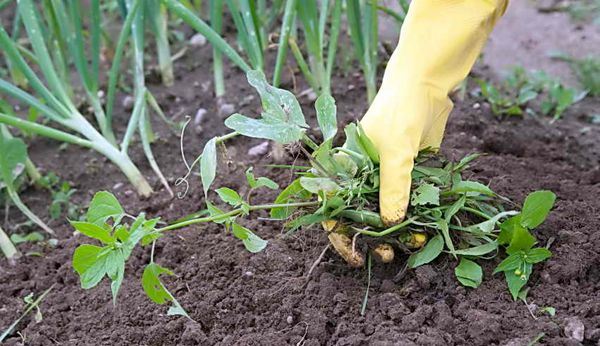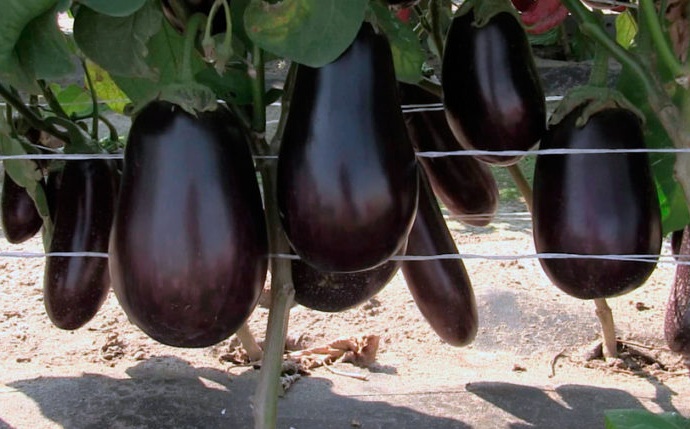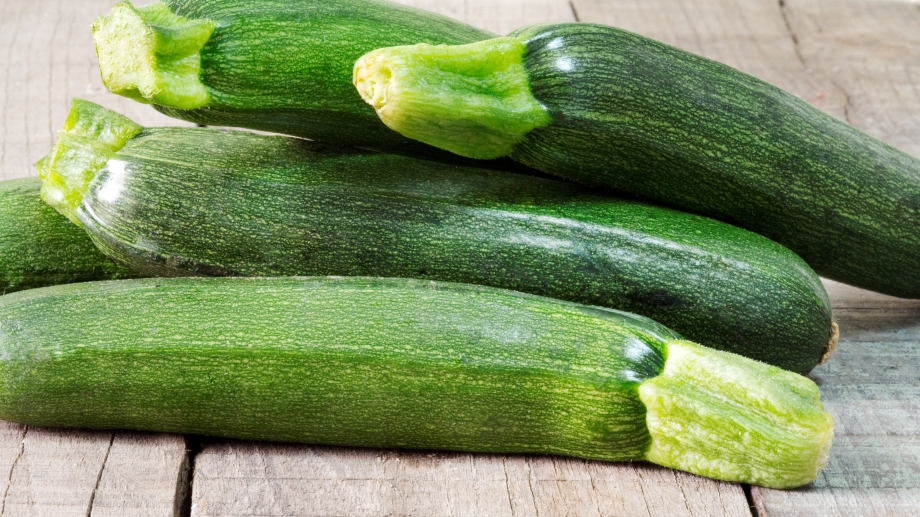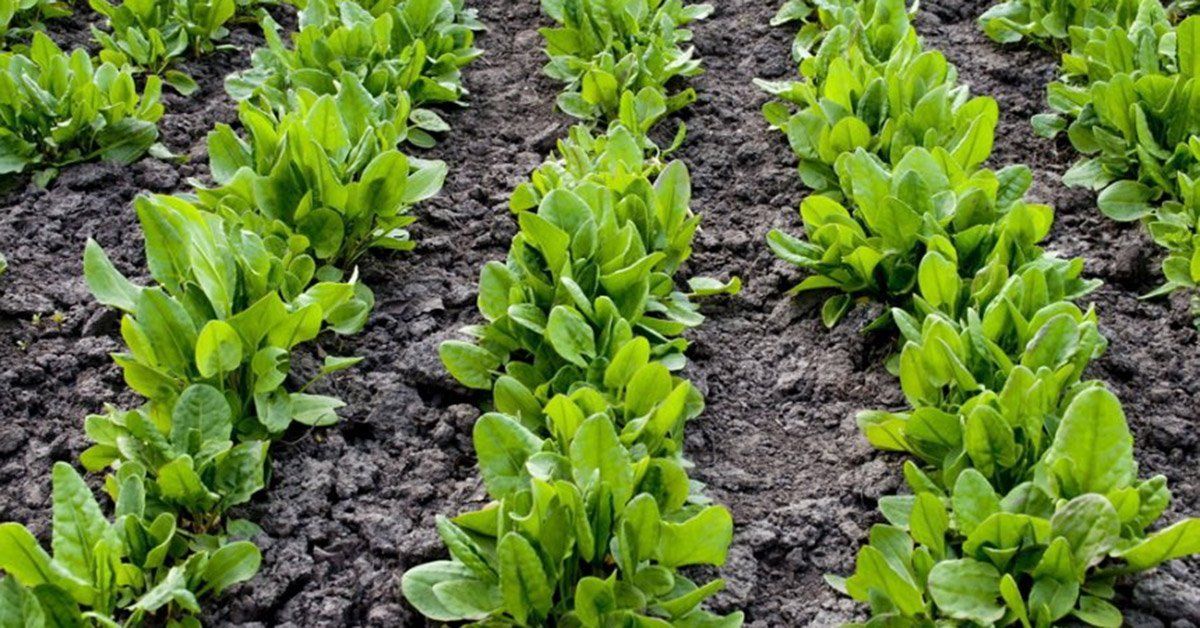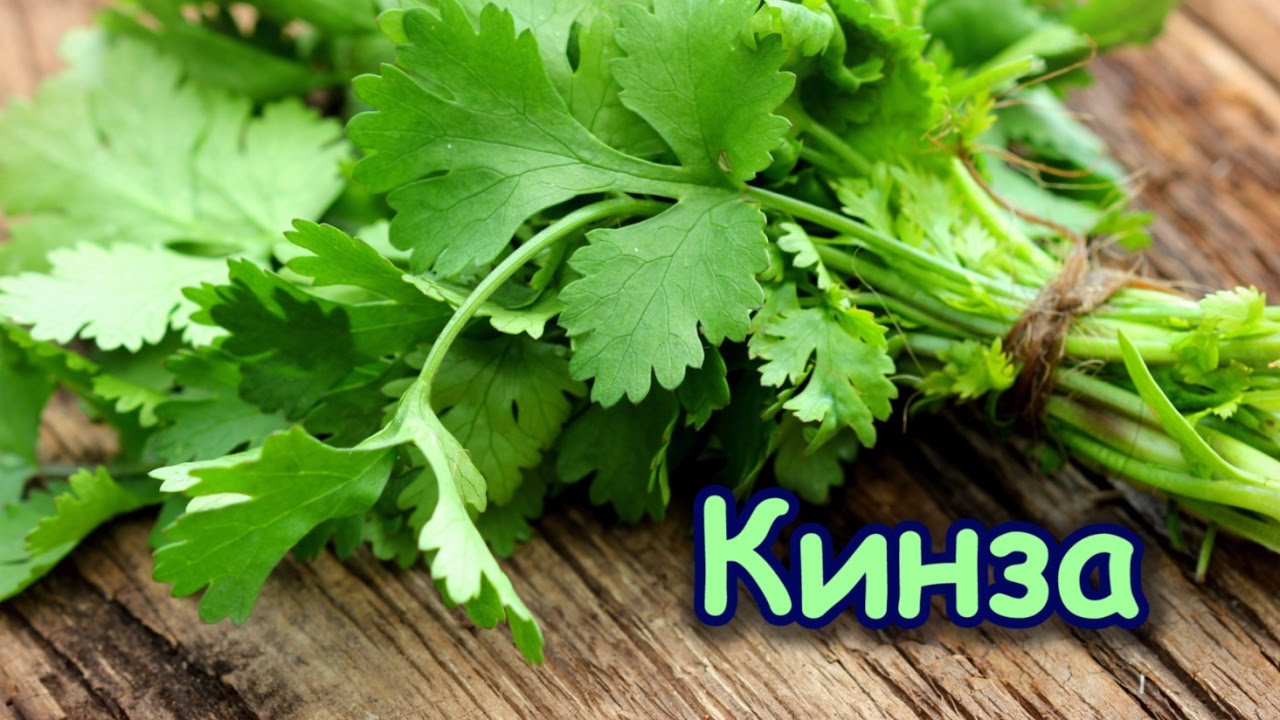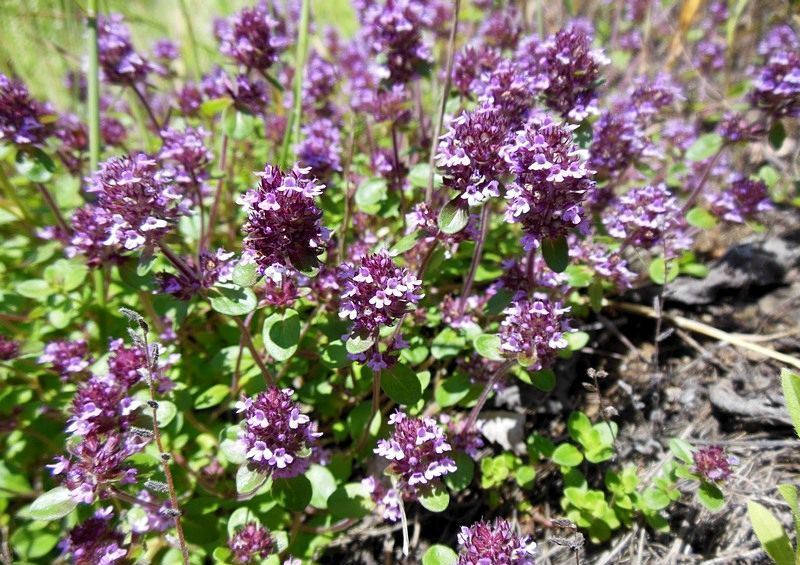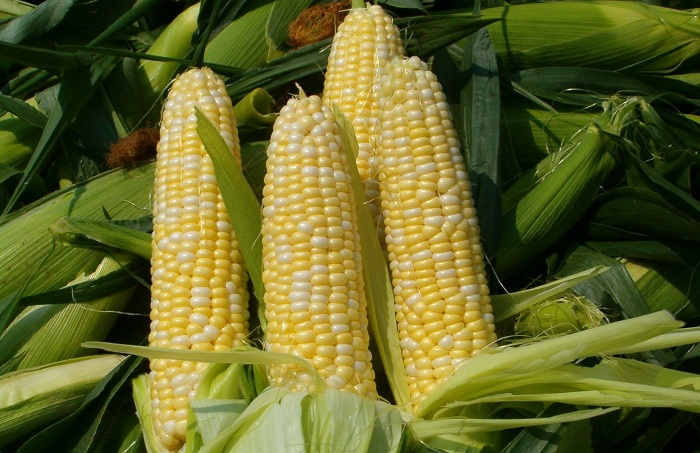Content:
Arugula, or in other words eruka, is basically an annual (less often biennial) plant, with a height of up to 60-70 cm. It belongs to the Indus genus and to the Cabbage family. Wild and cultivated types of arugula are found in nature. They differ in the shape and size of the leaves, color.
Although the plant is very useful (contains vitamins: B3, B9, PP, K, C), not everyone knows what arugula looks like. Although it is difficult to find a person in Europe who has not tasted this salad, in Russia arugula is still a curiosity. Those who have already managed to appreciate the taste preferences of the plant often add it to salads and various cold dishes, sandwiches.
Unpretentious rucola plant - growing and care in the open field can occur in virtually every region of the country. A vegetable garden, a greenhouse, a summer cottage, containers on the balcony, and even plastic cups or flower pots are suitable for plant propagation. In the cold season, a container with arugula can be placed on the window, and the house will be filled with the smell of fresh green leaves, and the owners will receive a wonderful product for a light snack.
Features of growing arugula
Growing arugula is a simple process, because this plant does not require special conditions for germination. Although Italy is rightfully considered the homeland of this culture, many Russian farmers have already learned how to grow arugula at home, and are using this knowledge successfully.
The plant will not grow in acidic soil. A bed with neutral soil is more suitable for him, as well as land that has a meadow or weak acid reaction.
Since the plant is ready for use in about 20-50 days (depending on the variety) from the moment of planting, you can even grow a new crop several times per season. Arugula is considered a heat-loving plant, since cultivation and care in the open field is carried out at temperatures from + 13-15 ° C. Experienced farmers note that the plant can withstand short-term frosts and survives at temperatures down to -7 ° C. However, if the spring seems cold, the arugula will grow very slowly. This culture loves the sun's rays and feels good in places with light shade.
Rucola and seeds like to drink a lot, so growing this salad requires frequent pouring. In the event that the soil dries up, the leaves of the plant lose their delicate structure and become more rigid.
Reproduction methods
Today, farmers use two main methods for breeding injections:
- Plant with seeds. This option can be used in any region if the air temperature allows (+ 10-25 ° С). Seeds can be planted directly into open ground, a greenhouse or any container with soil for growing arugula on a windowsill;
- Transplanting. Seedlings are used for plant propagation in the open field.
Sowing seeds
If possible, arugula should be sown in March so that the seeds of the plant can germinate successfully, and the seedlings gain strength for planting in open ground. In regions where the climate is mild and summer comes early, you can sow lettuce directly outdoors. The best period for this will be mid-April. The late period is the end of August.
Training
Those interested in arugula, planting and caring should take care of good quality soil. Sowing can take place in the land taken from the garden, or in the soil purchased in specialized stores. If the acidity of the garden soil is too high, you can reduce it by adding lime.
Disinfection of the soil is a mandatory step before sowing seeds. This is easy to do: the earth is placed in a heat-resistant container and left for 20-30 minutes in a hot oven. Another option is to pour boiling water over the soil.
Sowing process
When starting to plant arugula seed, first you need to take care of filling the container. A small pot or container is covered with previously prepared soil and watered. You can also use peat cups designed for growing seedlings from seeds. If a greenhouse is used for growing a plant, it is important to disinfect and loosen the soil in it as efficiently as possible.
Watering the ground before planting should be as efficient as possible. When the water is absorbed, the seeds are carefully spread on the surface of the container. They should be spaced approximately 1-1.5 cm apart. If the basis for the seeds was earth, they should be covered with a layer of clean sifted sand on top. If peat was the basis, then soil. The optimum layer height is up to 1 cm.
The seed containers should be placed in a warm and bright place. Alternatively, it can be a windowsill or balcony. If rucola grows under greenhouse conditions, cultivation should be carried out with maintaining the optimal temperature regime. As the fans of this culture note, the air temperature from +10 to +25 ° С is most suitable for it. You also need to provide the arugula with enough sunlight. That is why it is better to sow seeds in a greenhouse from the sunny side, and move containers closer to the sun on a windowsill or balcony. If it is difficult to adhere to such a condition, it is allowed to use artificial devices to illuminate the seedlings. The lamp should be placed about 50-100 cm from the top of the plant.
Some gardeners suggest creating a greenhouse effect, that is, immediately after sowing, cover the container with plastic wrap or glass. When the seedlings appear, they need to be aired daily, it is allowed to fully open after they release their first small leaves.
Sunrise care features
Seedlings, as a rule, appear amicably, on the 5-6th day from the moment of sowing the plant. The plant grows larger every day, so the owner can observe how the arugula grows literally within a week. The main care of the plant at this stage is the systematic filling and loosening of the soil.
If at least 1-2 leaves appear on the seedlings, they can be dived, that is, transplanted to a separate place. It is best if each plant has its own separate pot or glass. If a single large container or greenhouse is used, it is important to place the seedlings in such a way that the distance between them is not less than 15-20 cm. Only if the plants have enough space and moisture can you get a tasty harvest with the astringency characteristic of arugula.
Top dressing can be very small. The best option for this would be a solution of chicken or cow dung.
Planting seedlings
Answering the question, what is the difference between arugula and when to plant in open ground, it should be indicated that there is no exact date. It is allowed to make a transplant when both the ground and the air are already well warmed up. The best temperature regime is 15-25 degrees with a plus sign.
Soil preparation
If it is possible to choose a place where the seedlings will be transplanted, it is better to allocate a sunny and clean place for this plant.As noted by botanists, the plant grows faster in the territory where there used to be such vegetables as: carrots, potatoes, pumpkin, beans or tomatoes. The vegetable garden and areas where they used to grow are not suitable for the plant: radishes, horseradish, turnips, rutabagas or cabbage.
Arugula should be placed in the plump ground, its planting and care in the open field is carried out after preliminary preparation of the territory. The earth is dug up to the depth of a shovel, crushed as much as possible with a rake.
Disembarkation process
For those who do not know how to plant arugula in the soil, it should be said that first you need to prepare the holes - pits where the seedlings will move. These should be in the same row at a distance of 10 cm from each other. The distance between the individual rows is at least 30 cm.
The bottom of the hole must be watered generously. You also need to sprinkle the soil and containers in which the seedlings grow. It is better to take out the plants together with the clod of earth in which they are placed. If you had to grow arugula in peat pots, they can be placed whole in the hole.
When planting seedlings, its lower part should be lightly tamped with your hands into the garden bed.
If the region is characterized by long night frosts, it is allowed to cover the seedlings with a part of a plastic bottle, but only for the evening and night.
Arugula care
Proper care of the plant includes: watering, loosening, weeding.
Like any other houseplant, arugula needs good hydration. The optimal frequency of watering is once every 2 days. If the summer is hot, you need to navigate by the ground. Its crust should not dry out. It is better to choose the sprinkling option or the method of long-term irrigation between the rows. In the first case, a watering can is used, in the second, a hose.
Immediately after watering, you can easily and quickly loosen the soil and carefully remove the weeds.
An important condition to get a good yield is top dressing. There is no need to carry it out immediately after sowing seeds or planting seedlings, however, an adult plant is allowed to feed with a thin layer of humus or old peat.
Protection against diseases and pests
Sometimes gardeners can notice white spots on the leaves of arugula. This is a sign of peronosporosis disease. If the leaves turn yellow, and its very vascular network becomes unnaturally dark, it means that the plant is affected by fusarium. Experts do not recommend using any chemical agents to treat the plant. As a rule, this will no longer protect against illness, but it can harm human health fairly, because the plant itself very quickly absorbs all negative from the environment.
The way out of the situation, as experienced farmers explain, may be to change the site for the next harvest. Compliance with agrotechnical planting rules and timely weed control are the main preventive measures.
As far as pests are concerned, most often the Indau rucola is attacked by cruciferous flea beetles. You can save the culture from such if, after planting on new soil, sprinkle them with red ground pepper, tobacco dust, ash.
Harvesting
How many weeks do you need to wait for the arugula to grow? In just 2-3 weeks from the moment the seedlings were placed in the open ground, you can collect the leaves. If a late variety is planted, or the weather is cold enough, the area does not have a mild climate (for example, the Urals), then the leaves grow in about 4-5 weeks.
They usually start from lower and larger plants. Do not break off all the leaves at once. Most of the plant should remain in the ground, and the leaves will grow back one after the other.
With the beginning of flowering, the leaves of the plant become hard and tasteless. That is why it is better to prevent this process and remove peduncles in a timely manner.Several outlets can be left on several plants. Over time, they will have seeds that will fall off and germinate. A month after this, the owners will be able to enjoy fresh arugula again.
Arugula is usually very poorly preserved. After breaking off the leaves, they are placed in a plastic bag or wrapped with cling film and placed in a refrigerator. Under these conditions, the plant will be usable for about a week. It is not worth making a salad from this product a few hours before consumption, otherwise the arugula will turn into a mushy mixture.
For cooking, arugula must be torn by hand. If cut with a knife, there will be a noticeable trace of rust on the pieces of leaves.
In summary, it should be said to those who are interested in how to plant arugula that the process is not difficult. All you need to get started is plant seeds, a container with soil or a suitable territory and a desire for a gardener to work a little.
